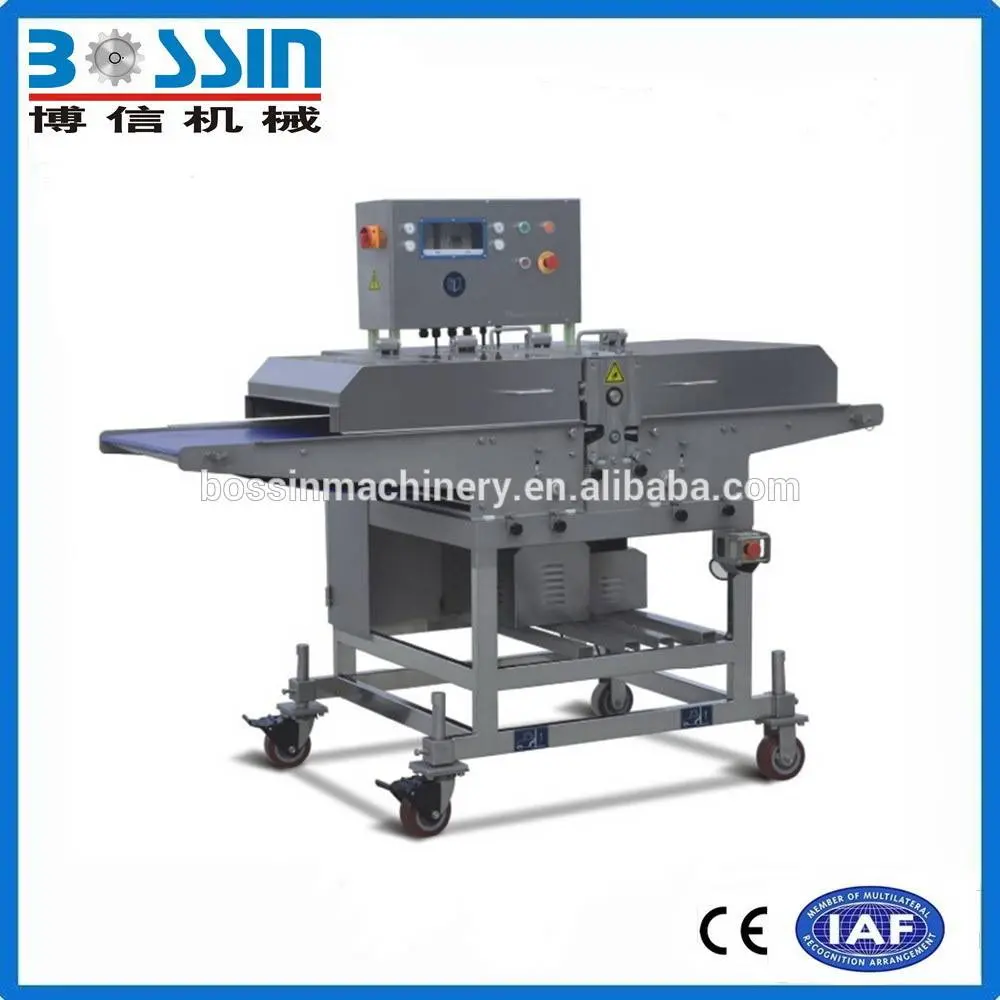
Aug . 12, 2024 09:02 Back to list
Innovative Technologies in the Production Machinery for Enhanced Meat Processing Efficiency and Quality
The Evolution and Impact of Meat Production Machines
In the modern era, meat production has undergone a significant transformation, driven largely by advances in technology and machinery. The introduction of specialized meat production machines has not only increased efficiency but also improved the quality and safety of meat products, addressing the rising global demand for protein. This article explores the evolution of meat production machines, their types, and their impact on the meat industry.
Historically, meat processing was a labor-intensive task, requiring manual labor for slaughtering, butchering, and packaging. However, with the industrial revolution came the first wave of mechanization. Early meat processing machines included simple tools for grinding and packaging, which drastically reduced the time and effort required to process meat. As the demand for meat grew alongside population increases, producers recognized the need for more advanced machinery to keep pace with consumer needs.
Today, meat production machines encompass a wide range of equipment designed to streamline every step of the process, from slaughter to packaging
. These machines include automatic slaughtering machines, meat grinders, mixers, formers, and packaging units. For instance, modern slaughtering machines are equipped with sophisticated automation that not only speeds up the process but also ensures compliance with strict health and safety regulations. These machines often incorporate advanced features like automated stunning systems that minimize animal suffering, highlighting a growing concern for ethical practices in meat production.One of the key innovations in meat production technology is the introduction of vacuum packaging machines. These machines extend the shelf life of meat products by removing air from the packaging, thereby inhibiting bacterial growth. This not only benefits consumers with fresher products but also reduces food waste at various stages of the supply chain. Furthermore, with the rise of e-commerce, vacuum packaging has become essential for online meat sales, allowing producers to reach broader markets.
meat production machine

The types of meat production machines available today also include sophisticated processing systems, such as those used for producing processed meat products like sausage and deli meats. These machines blend and emulsify meat mixtures to create uniform textures, while also incorporating spices and preservatives in a controlled manner. The efficiency and consistency provided by these machines have led to a surge in the popularity of ready-to-eat and convenience meat products.
However, the rise of meat production machines is not without challenges. As production scales up, concerns regarding food safety, environmental sustainability, and animal welfare have come to the forefront. The meat industry is facing increasing scrutiny from consumers and regulators alike, demanding more transparency in production processes. As a result, many manufacturers are investing in machinery that not only enhances productivity but also adheres to ethical farming and processing practices.
Moreover, the need for skilled labor to operate and maintain these machines has led to shifts in workforce requirements. Training programs are now essential to equip workers with the knowledge needed to work with advanced machinery, ensuring that the human element of meat production remains a vital component of the industry.
In conclusion, meat production machines have fundamentally transformed how meat is processed, significantly increasing efficiency and product safety. As the industry continues to evolve, it faces the dual challenges of satisfying consumer demand while addressing ethical and environmental concerns. The future of meat production will likely see further advancements in technology, enabling producers to meet the needs of a growing population sustainably and ethically.
Latest news
-
[Product Name]-[Company Name]|[Core Function 1]&[Core Function 2]
NewsJul.13,2025
-
SmartFlow 3000 Series-Industrial Automation Solutions|AI Analytics&Energy Efficiency
NewsJul.13,2025
-
NextGen Equipment Series-IndustrialTech Solutions|Smart Automation&Real-Time Analytics
NewsJul.12,2025
-
Smart Irrigation System - Example Corp | Water Conservation, AI-Driven Efficiency
NewsJul.12,2025
-
Chicken breast meat slicer
NewsMar.07,2025
-
Meat Bowl cutter for LAB
NewsMar.07,2025